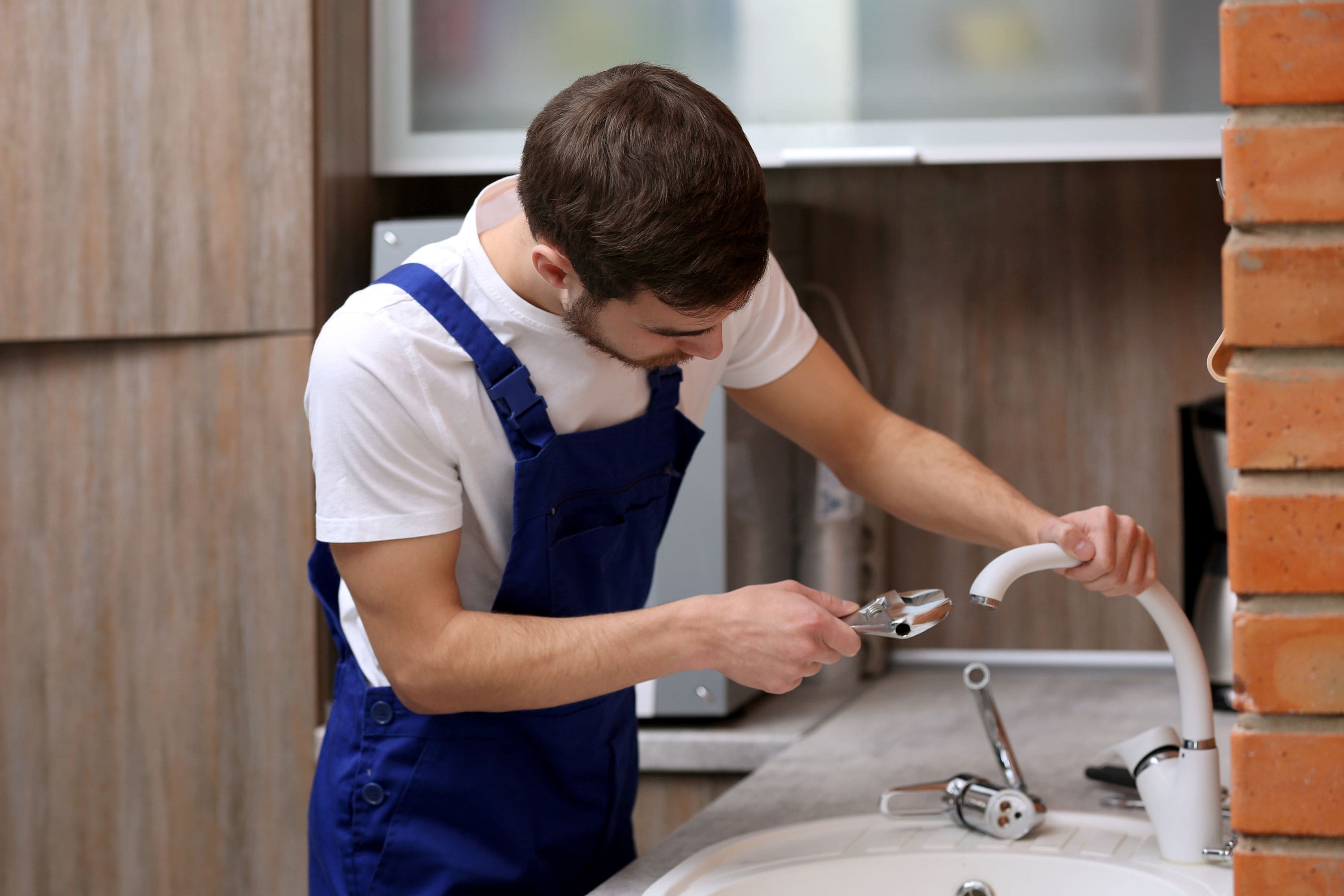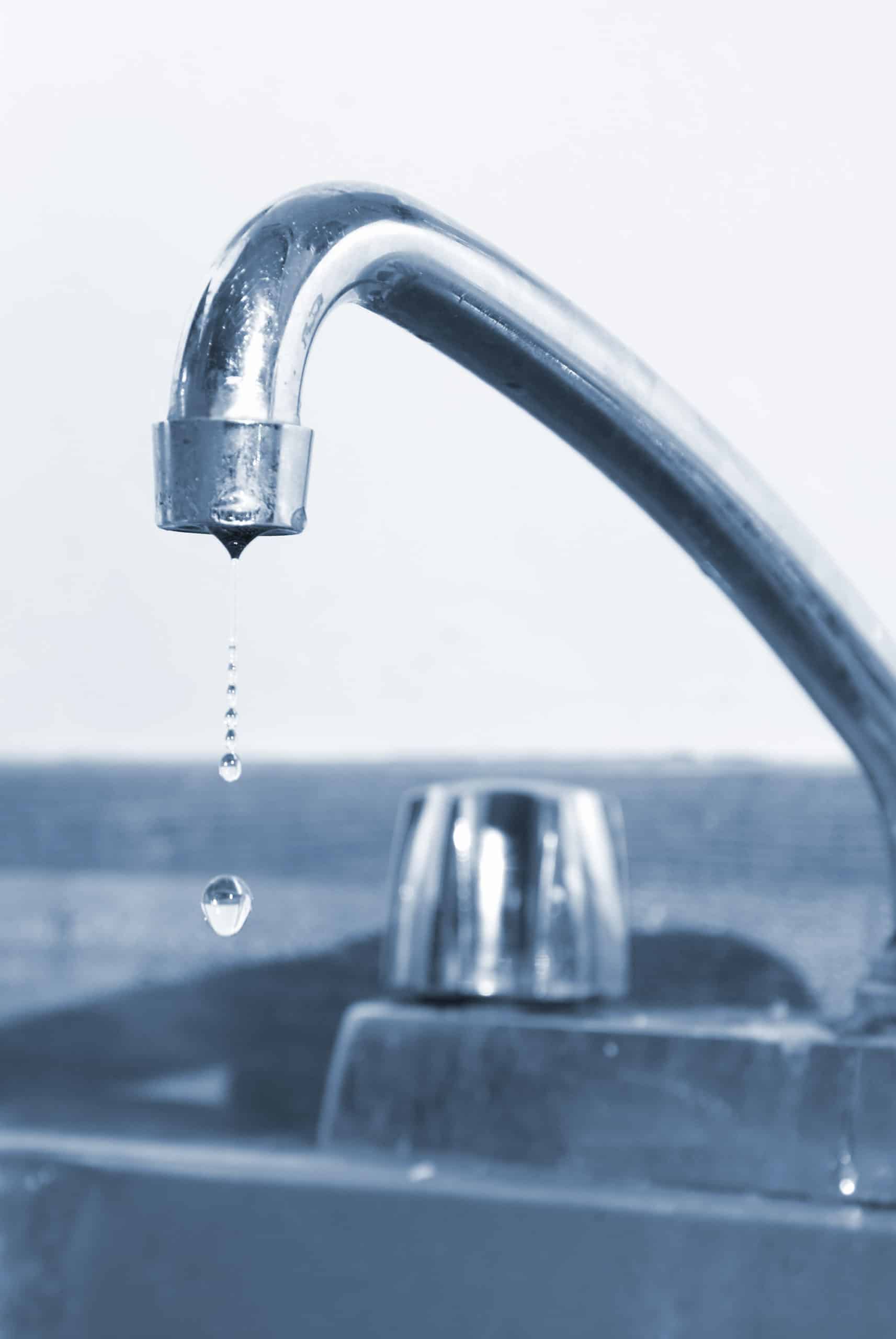Your Factors Behind Resolving a Faulty Faucet
Your Factors Behind Resolving a Faulty Faucet
Blog Article
The content further down on the subject of Leaky Faucets: Why They Happen & What to Do About Them is without a doubt motivating. Have a go and make your own assumptions.

Trickling taps may appear like a small aggravation, but their effect goes beyond simply the inconvenience of the noise. From wasting water to incurring unnecessary monetary prices and wellness dangers, ignoring a trickling tap can bring about different consequences. In this write-up, we'll explore why it's crucial to resolve this typical household problem promptly and successfully.
Wastefulness of Water
Environmental Effect
Leaking taps add considerably to water wastefulness. According to the Environmental Protection Agency (EPA), a single faucet leaking at one drip per second can squander greater than 3,000 gallons of water each year. This not just pressures water resources but likewise influences ecosystems and wildlife dependent on them.
Step-by-Step Guide to Fixing a Dripping Faucet
Devices Needed
Before trying to deal with a trickling tap, gather the needed devices, including a flexible wrench, screwdrivers, replacement parts (such as washing machines or cartridges), and plumber's tape.
Common Faucet Issues and Their Solutions
Identify the kind of tap and the details issue triggering the drip. Typical troubles consist of worn-out washing machines, rusty shutoff seats, or faulty O-rings. Refer to manufacturer instructions or online tutorials for detailed support on repair services.
Financial Expenses
Boosted Water Expenses
Beyond the environmental influence, trickling faucets can inflate water bills considerably. The gathered wastage over time converts right into higher energy costs, which could have been avoided with timely repairs.
Possible Building Damage
Moreover, long term dripping can bring about damage to fixtures and surfaces bordering the tap. Water accumulation can trigger staining, corrosion, and also structural concerns if left unattended, resulting in additional repair work prices.
Health Issues
Mold And Mildew and Mold Growth
The consistent existence of dampness from a trickling faucet creates an ideal setting for mold and mold growth. These fungis not only compromise interior air quality yet also present health dangers, particularly for individuals with breathing problems or allergies.
Waterborne Illness
Stationary water in dripping faucets can become a breeding ground for microorganisms and various other pathogens, enhancing the danger of waterborne conditions. Impurities such as Legionella germs prosper in stationary water, possibly leading to serious illnesses when ingested or breathed in.
DIY vs. Expert Repair work
Benefits and drawbacks of Do It Yourself Repair Service
While some may attempt to take care of a leaking faucet themselves, DIY fixings feature their own set of obstacles. Without appropriate knowledge and devices, DIY attempts can aggravate the problem or lead to insufficient fixings, extending the problem.
Advantages of Hiring a Specialist Plumber
Hiring a specialist plumber makes sure that the underlying reason for the trickling tap is addressed efficiently. Plumbing technicians have the expertise and equipment to detect and fix tap concerns successfully, conserving time and decreasing the threat of more damages.
Ecological Duty
Private Payment to Conservation
Taking obligation for taking care of leaking faucets aligns with broader initiatives towards water conservation and environmental sustainability. Every person's actions jointly make a considerable effect on protecting priceless resources.
Lasting Living Practices
By prioritizing prompt repair services and taking on water-saving behaviors, individuals add to sustainable living techniques that profit both existing and future generations.
Preventive Measures
Normal Upkeep Tips
To prevent leaking faucets, perform regular upkeep such as cleaning up aerators, evaluating for leakages, and replacing worn-out components promptly. Furthermore, take into consideration installing water-saving gadgets or updating to extra efficient fixtures.
Relevance of Prompt Repairs
Dealing with leaking taps as soon as they're observed stops more water wastage and potential damage, ultimately saving both water and money in the long run.
Impact on Residential Or Commercial Property Value
Perception of Well-Maintained Home
Preserving a residential property in good condition, consisting of attending to maintenance problems like leaking faucets, boosts its regarded value and desirability amongst prospective purchasers or tenants.
Influence on Resale Worth
Qualities with well-kept plumbing fixtures, consisting of faucets, command greater resale values in the property market. Attending to leaking faucets can contribute to a favorable perception throughout residential property inspections and arrangements.
Conclusion
Attending to a leaking tap goes beyond simple ease; it's an important action towards conserving water, decreasing monetary expenses, and guarding health and residential property. Whether via do it yourself repairs or professional support, acting to take care of dripping faucets is a little yet impactful method to promote accountable stewardship of resources and contribute to a healthier, much more sustainable future.
Why Are My Faucets Dripping (And Can I Fix it Myself)?
Causes of a Dripping or Leaking Faucet
Whether you’re hearing drops of water falling and hitting a sink, or noticing water ooze out from the base of the spout, you shouldn’t ignore a dripping or leaking faucet. And, the good news is, sometimes you can fix the problem yourself.
In this article, we’ll review a few common causes of dripping and leaky. We’ll also walk you through some basic ways to find the problem and handle it without calling anyone — and let you know when to call in a pro.
But, no matter what the cause, or whether you can handle it on your own, the sooner you address it, the better.
Each drip may be a tiny amount of water. But, they all add up quickly. According to the U.S. Geological Survey, one faucet losing one drop every 20 seconds — five a minute — wastes around a liter of water every day, and 173 gallons a year.
Add in more than one in your house, and it’s a lot of water to waste. So, we’ll help you get to the bottom of things quickly.
Four Reasons Your Faucet May Be Dripping
Aerator is Damaged or Unseated Valve Seat is Corroded O Ring is Loose or Worn Out Part of the Assembly is Loose Aerator is Damaged or Unseated
If you unscrew the end of your faucet, you’ll find the aerator. It’s the little stem piece with a screen on it that shuts off the water circulation.
If it’s damaged, or if it’s not sitting right, it will allow water to pass through.
Valve Seat is Corroded
Next is the valve seat, which is connected to the washer. If the washer wasn’t in place correctly, then it could have ground against the seat. Over time, this damages the valve seat.
The problem could also be corrosion: Over time, the part has worn out, and it’s now allowing water to pass through.
O Ring is Loose or Worn Out
Since the o ring is only a small rubber gasket, it’s a common reason why the faucet is dripping. You’ll find it at the base of the faucet, and it’s there to keep water from coming out where it’s not supposed to.
However, it’s common for the o ring to wear out over time. When it does, you’ll notice a drip.
Part of the Assembly is Loose
So far, we’ve looked at a few small, specific parts. But, the problem could be anywhere in the assembly if something’s out of place.
Even if a part isn’t damaged, over time, it may have become loose or dislodged. It could be the parts we mentioned, or the aerator at the tip of the faucet, the stem itself,
Can I Fix a Leaky Faucet Myself?
Depending on the problem, and how handy you are, there’s a chance you can fix a leaky faucet without calling a professional. But, you do run the risk of making the problem worse.
If it’s a small drip, you can certainly try a few troubleshooting tactics. We’ll walk you through them in a moment.
But, no matter what, your first step should be shutting off the water coming into the faucet. You should find a shutoff valve under the sink on the pipes leading to it. Turn each one clockwise until they close tightly.
Next, make sure you have the right tools for whatever you’re attempting. It’s tempting to make do with what you have. But, you need the right ones for a reason: You’re often dealing with small parts that can break if you handle them carelessly.
If you’re feeling confident, here are some places to start.
Items Near the Tip of the Faucet
A few of the parts we mentioned — particularly the valve seat and washer — are located at the tip of the faucet where the water comes out. They’re easy to access, making it a good place to start.
Check the O Ring
To check the o ring, you’ll need to take off the spout at the base. It’s easiest on kitchen sinks with long spouts, versus the smaller, bulkier base on most bathroom sinks.
Either way, this can be tricky, so do it carefully and don’t force anything. If it’s not coming right off, you’re much better off calling in a pro than possibly breaking something.
For a kitchen sink, there’s usually a nut or coupling assembly at the base of the spout. These often slide off easily without using any tools.
Once you’ve disassembled those parts, gently but forcefully twist off the spout.
Then, you can see the o rings. There should be two of the rubber gaskets on the base. If they look worn or damaged, replace them, and see if that solves the problem.

I came across that piece of writing about Should I Repair or Replace a Leaky Faucet? while browsing the web. Sharing is nice. Helping people is fun. Thanks for your time. Don't hesitate to check our site back soon.
Report this page